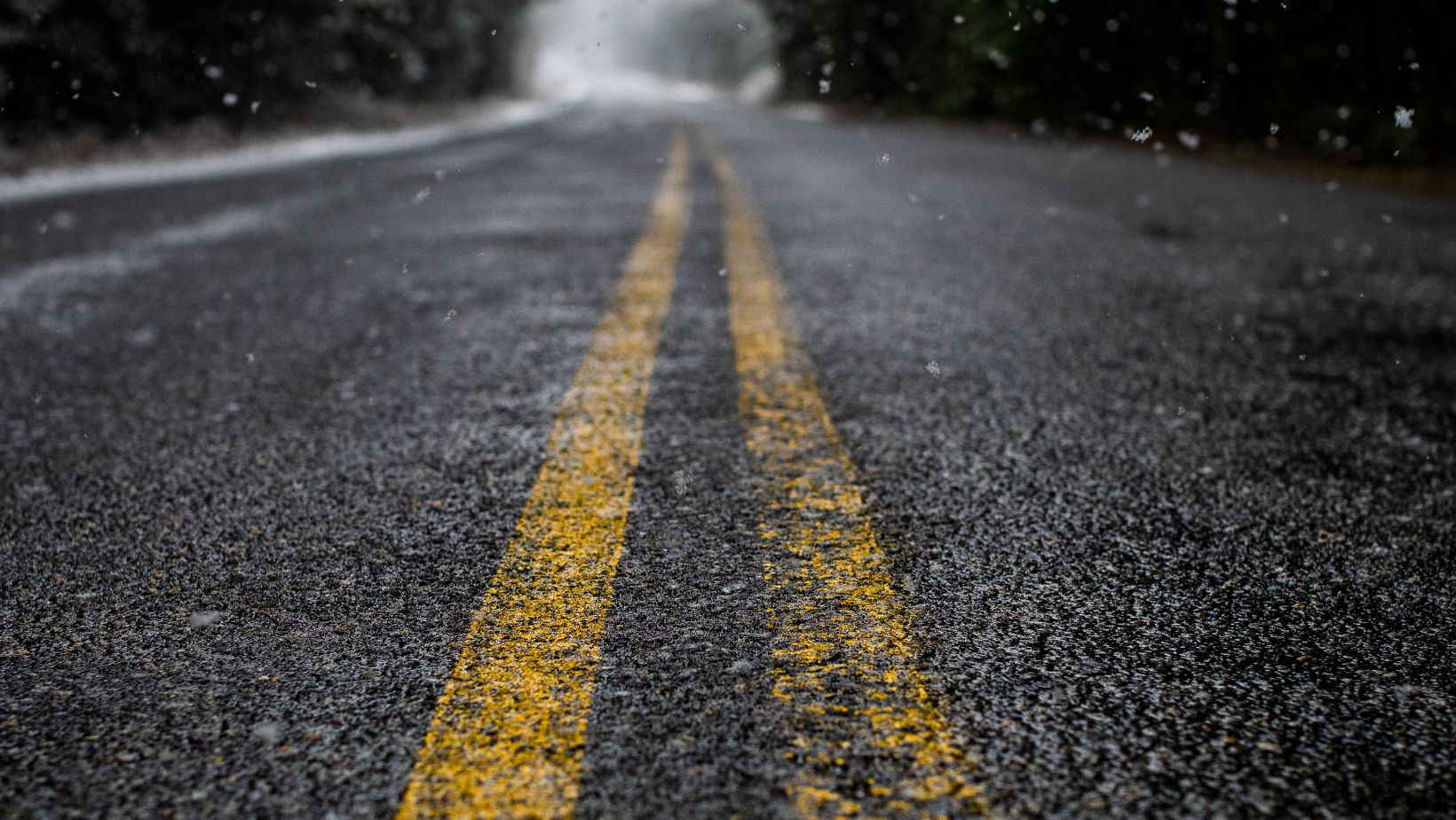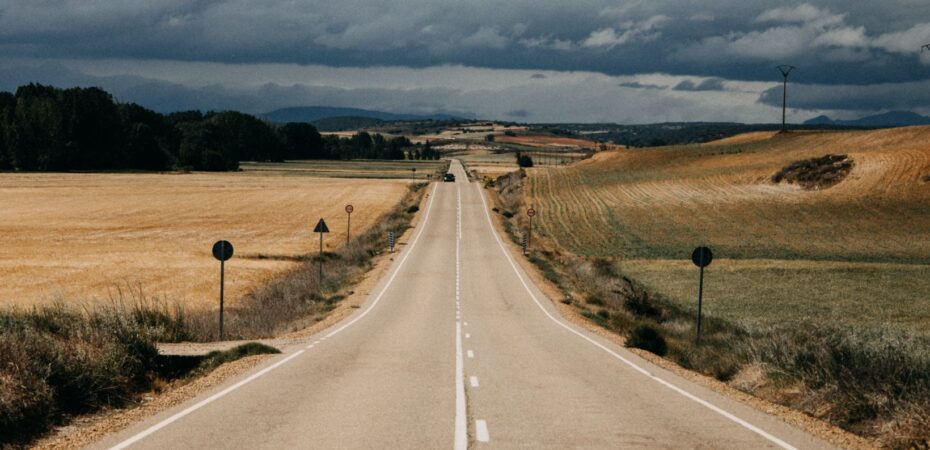Distance Between Maui and Big Island
The historical distance between Maui and the Big Island is a fascinating topic that sheds light on the geological and cultural evolution of these two Hawaiian islands. When examining their geographical separation, it becomes evident that Maui and the Big Island are not only distinct in size but also in their formation.
Maui, known for its stunning landscapes and vibrant culture, is located approximately 30 miles northwest of the Big Island. This relatively short distance can be attributed to the fact that both islands were formed by volcanic activity along the same chain of underwater mountains known as the Hawaiian-Emperor seamount chain.
However, when considering their historical development, Maui and the Big Island have followed different paths. The Big Island, also known as Hawaii Island, is geologically younger than Maui and has been experiencing ongoing volcanic eruptions for centuries. In contrast, Maui’s last eruption occurred over 200 years ago.
This divergence in volcanic activity has resulted in contrasting landscapes between the two islands. While Maui boasts iconic features like Haleakala Crater and lush rainforests along its famous Road to Hana, the Big Island showcases active volcanoes such as Kilauea and Mauna Loa, which continue to shape its ever-changing terrain.
Understanding this historical distance between Maui and the Big Island allows us to appreciate how these unique environments have shaped their individual identities. Whether you’re exploring Maui’s scenic beauty or witnessing firsthand the raw power of volcanic activity on the Big Island, each destination offers a captivating experience rooted in their shared but distinct histories.
The Origin of Maui and Big Island
The Polynesian Migration to Hawaii
To understand the historical distance between Maui and Big Island, we must delve into the fascinating origins of these two Hawaiian islands. The story begins with the ancient Polynesians who embarked on an awe-inspiring journey across vast stretches of the Pacific Ocean, ultimately reaching the Hawaiian archipelago.
The Polynesians, skilled navigators and seafarers, set out in sturdy canoes, guided by their knowledge of celestial navigation and ocean currents. They braved treacherous waters for thousands of miles, eventually arriving at what is now known as Hawaii. This remarkable migration took place over a thousand years ago, marking the first human settlement in these remote islands.
The Geological Formation of Maui and Big Island
Maui and Big Island owe their existence to powerful geological forces that have shaped the Hawaiian Islands over millions of years. These volcanic wonders emerged from beneath the ocean’s surface through a process called hotspot volcanism.
A hotspot is an area where molten rock from deep within the Earth rises to create a volcano. As tectonic plates shift over time, new volcanoes form while older ones become dormant or extinct. In the case of Maui and Big Island, they were formed by separate volcanic eruptions along this hotspot chain.
Maui is dominated by Haleakala Volcano in its east and West Maui Mountains in its west. It is believed that Haleakala last erupted around 1790 AD. On the other hand, Big Island boasts not one but five major shield volcanoes: Mauna Kea, Mauna Loa, Hualalai, Kilauea (one of Earth’s most active volcanoes), and Kohala (currently dormant).
Cultural Differences Between Maui and Big Island
Beyond their geological dissimilarities lie distinct cultural identities on both Maui and Big Island. While sharing many common elements, each island has developed its own unique traditions, customs, and way of life.
Maui is often referred to as the “Valley Isle” due to its lush landscapes and fertile valleys. It is renowned for its rich agricultural heritage, particularly in taro cultivation. The people of Maui have a deep connection to the land and place great importance on preserving their natural resources.
On the other hand, Big Island offers a diverse cultural tapestry influenced by Polynesian settlers as well as later arrivals from Asia, Europe, and other parts of the world. This island is home to significant archaeological sites such as Pu’uhonua o Honaunau National Historical Park and the petroglyph fields at Waikoloa.
While both islands embrace tourism and offer breathtaking beaches, waterfalls, and scenic vistas that draw visitors from around the globe, it’s these cultural nuances that make each destination truly distinct.
The historical distance between Maui and Big Island goes beyond mere physical separation. It encompasses millennia of human migration across vast oceans, volcanic eruptions shaping the landscape, and unique cultural identities taking root in each location. By exploring these origins with open minds and curious hearts, we can gain a deeper appreciation for the historical tapestry that connects these two remarkable Hawaiian islands.

Geographical Differences Between Maui and Big Island
When it comes to the geographical differences between Maui and Big Island, there are several factors that set these two Hawaiian islands apart. From their size and shape to their unique landscapes, each island has its own distinct characteristics that make it a fascinating destination to explore. Let’s delve into some of the historical events that have shaped these islands and highlight significant figures who played a role in their development.


 By
By 



